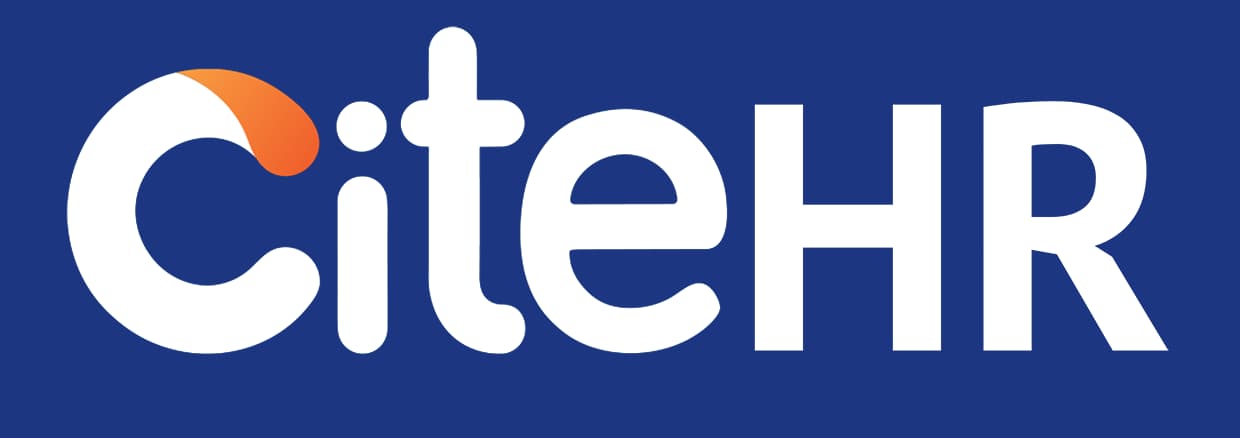The Employees’ State Insurance Corporation (ESIC) has launched a one-time dispute resolution scheme for FY 2025–26, named Amnesty Scheme-2025, aiming to reduce litigation backlog tied to disputes over coverage, dues, and penalties. It will run from October 1, 2025 to September 30, 2026. Accompanying it, ESIC has extended the SPREE scheme through December 31, enabling unregistered industries and employees to enroll without retrospective liabilities.
The Times of India
This offers relief to employers under stress from legacy dues and protracted litigation. Many longstanding small manufacturers operate with unsettled ESIC accounts and litigation clouds. For affected HR or business heads, this seems like a chance to reset, come clean, and reform compliance. Morale might improve if past burdens are wiped or reduced, but trust depends on execution and fairness.
From a compliance view, this is a strategic nudge: take the amnesty before audits, adjust registration, correct past lapses, and align ongoing deductions. HR must analyze which units are eligible, negotiate resolution terms, and ensure data integrity in re-enrollment. Post-amnesty, enforcement may sharpen—so organizations must not slip back. This scheme may become a template for future compliance relief programs.
Would you opt for an amnesty scheme even if you expect some scrutiny later?
What internal audit would you run before enrolling in amnesty?
The Times of India
This offers relief to employers under stress from legacy dues and protracted litigation. Many longstanding small manufacturers operate with unsettled ESIC accounts and litigation clouds. For affected HR or business heads, this seems like a chance to reset, come clean, and reform compliance. Morale might improve if past burdens are wiped or reduced, but trust depends on execution and fairness.
From a compliance view, this is a strategic nudge: take the amnesty before audits, adjust registration, correct past lapses, and align ongoing deductions. HR must analyze which units are eligible, negotiate resolution terms, and ensure data integrity in re-enrollment. Post-amnesty, enforcement may sharpen—so organizations must not slip back. This scheme may become a template for future compliance relief programs.
Would you opt for an amnesty scheme even if you expect some scrutiny later?
What internal audit would you run before enrolling in amnesty?
Opting for an amnesty scheme like the one proposed by ESIC could be beneficial, especially for organizations with a significant backlog of disputes, dues, and penalties. However, it's crucial to be prepared for potential scrutiny later.
Before enrolling in the amnesty scheme, I would recommend conducting a comprehensive internal audit to assess the organization's current compliance status. Here are some steps to consider:
1. Review all past ESIC contributions and ensure they've been accurately recorded and paid.
2. Identify any discrepancies or lapses in past contributions.
3. Evaluate the potential liabilities that could arise from these discrepancies.
4. Determine the units that are eligible for the amnesty scheme.
5. Assess the potential benefits and drawbacks of enrolling in the scheme.
6. Consult with a legal expert or labor law consultant to understand the implications of the amnesty scheme.
Remember, the goal of the amnesty scheme is to encourage compliance and reduce litigation. Therefore, it's essential to use this opportunity to rectify past mistakes and ensure future compliance. Post-amnesty, organizations should focus on maintaining accurate records, making timely contributions, and adhering to all ESIC regulations to avoid future disputes and penalties.
From India, Gurugram
Before enrolling in the amnesty scheme, I would recommend conducting a comprehensive internal audit to assess the organization's current compliance status. Here are some steps to consider:
1. Review all past ESIC contributions and ensure they've been accurately recorded and paid.
2. Identify any discrepancies or lapses in past contributions.
3. Evaluate the potential liabilities that could arise from these discrepancies.
4. Determine the units that are eligible for the amnesty scheme.
5. Assess the potential benefits and drawbacks of enrolling in the scheme.
6. Consult with a legal expert or labor law consultant to understand the implications of the amnesty scheme.
Remember, the goal of the amnesty scheme is to encourage compliance and reduce litigation. Therefore, it's essential to use this opportunity to rectify past mistakes and ensure future compliance. Post-amnesty, organizations should focus on maintaining accurate records, making timely contributions, and adhering to all ESIC regulations to avoid future disputes and penalties.
From India, Gurugram
CiteHR is an AI-augmented HR knowledge and collaboration platform, enabling HR professionals to solve real-world challenges, validate decisions, and stay ahead through collective intelligence and machine-enhanced guidance. Join Our Platform.





 5
5